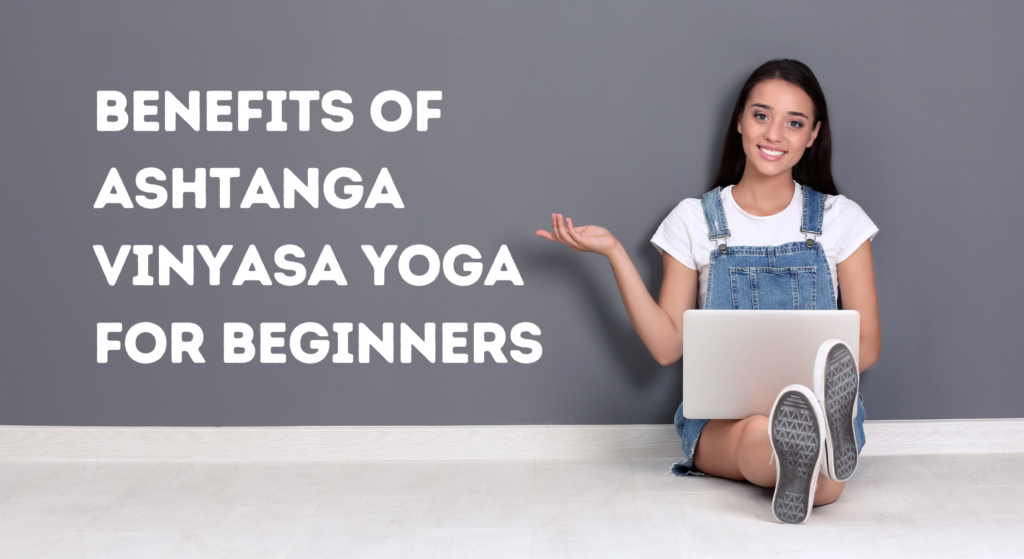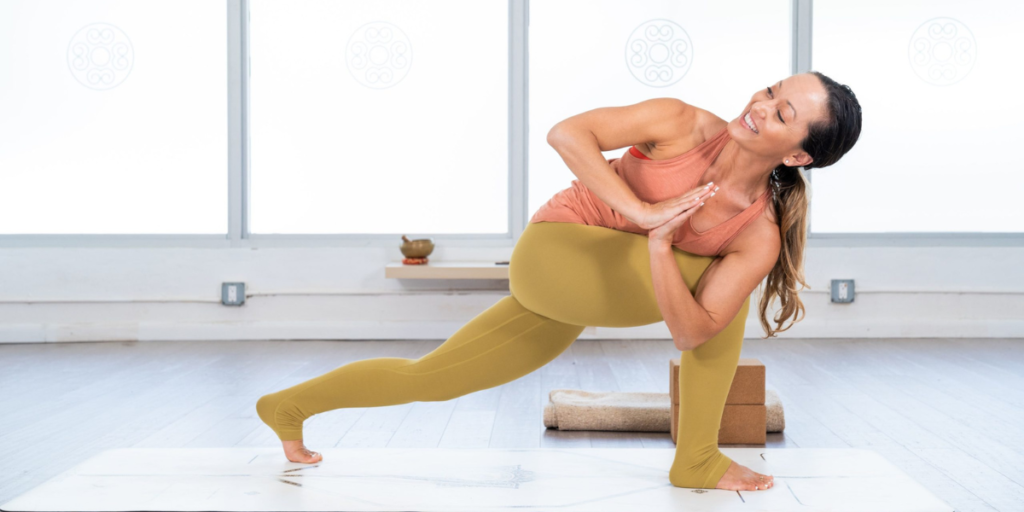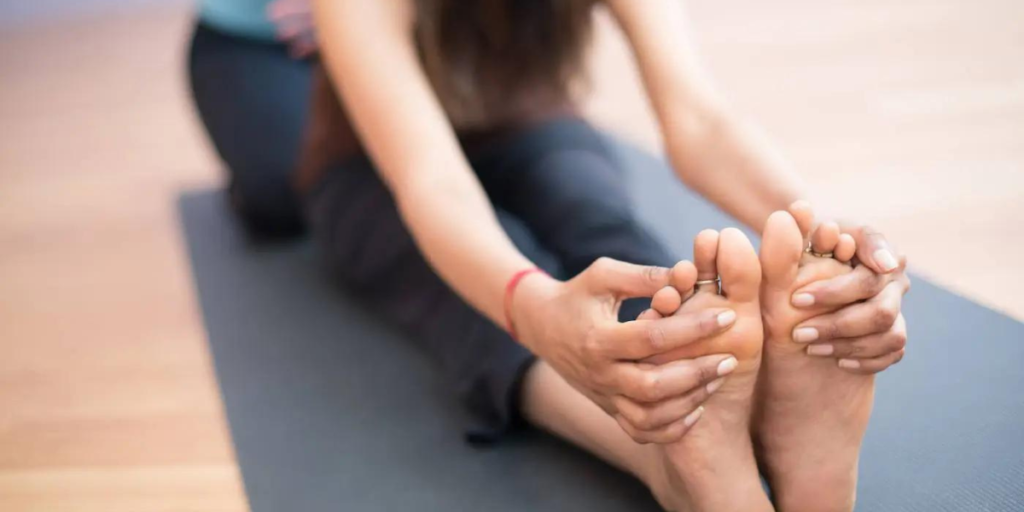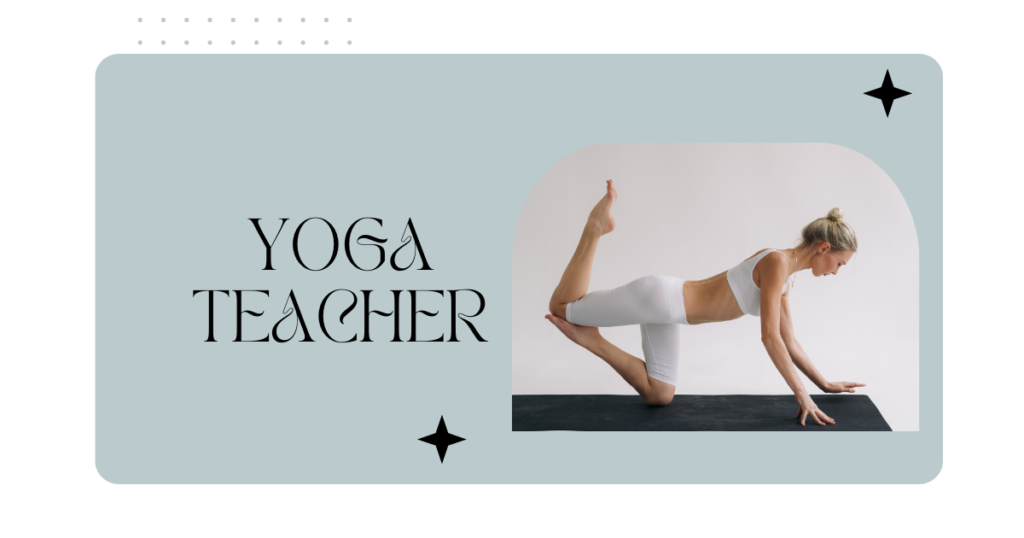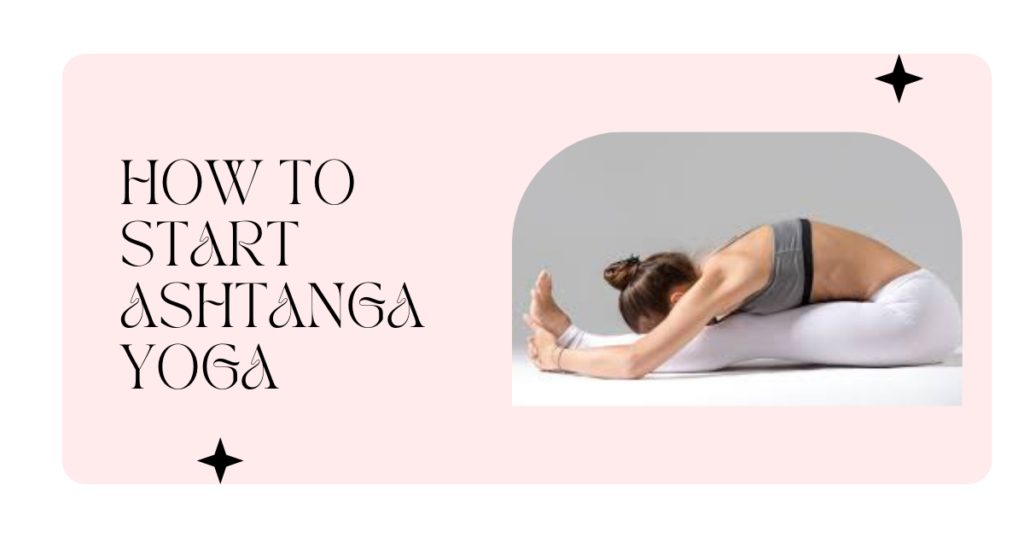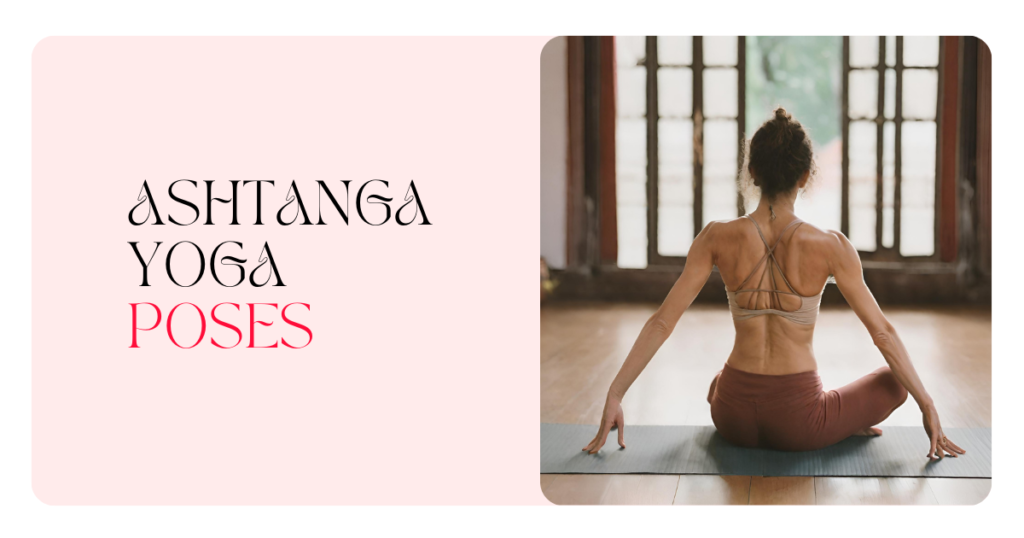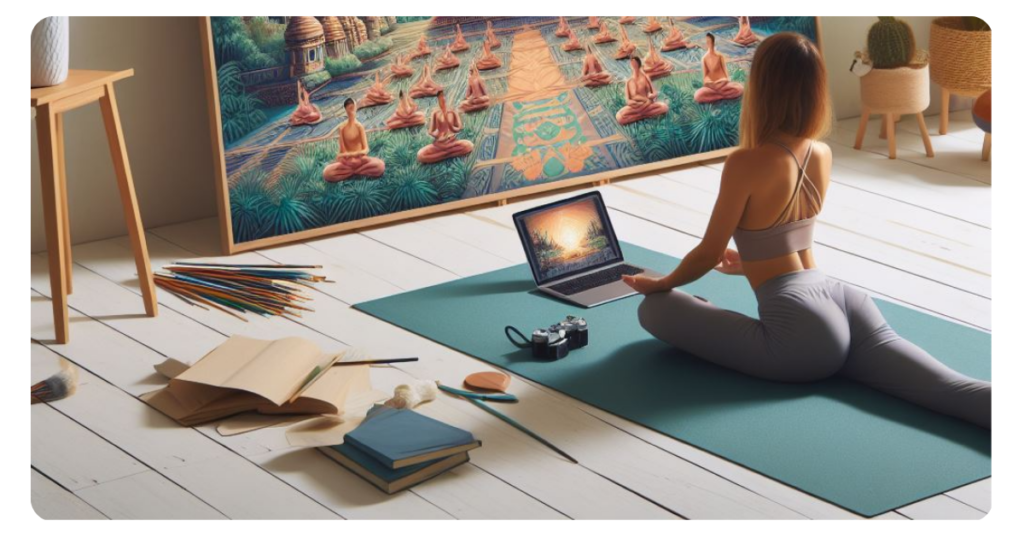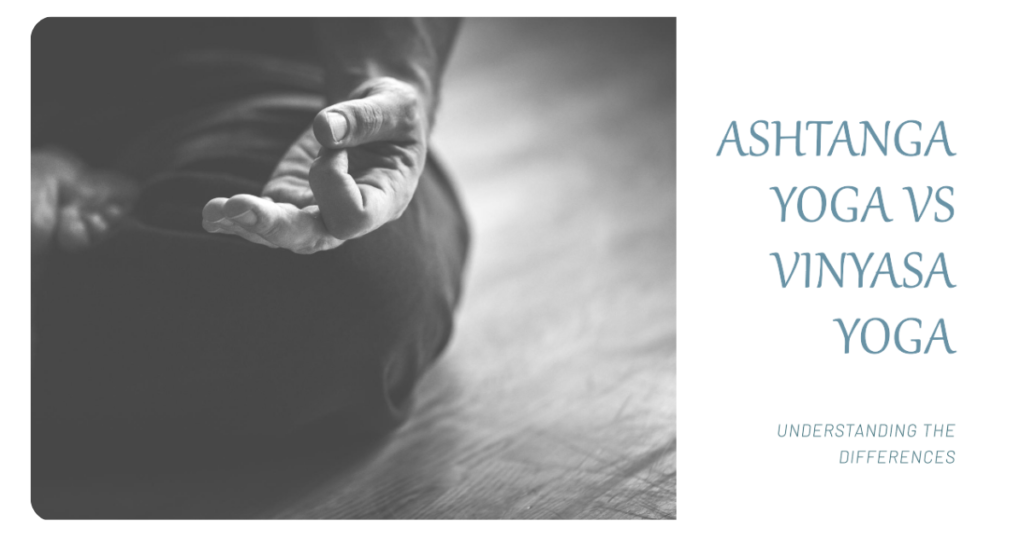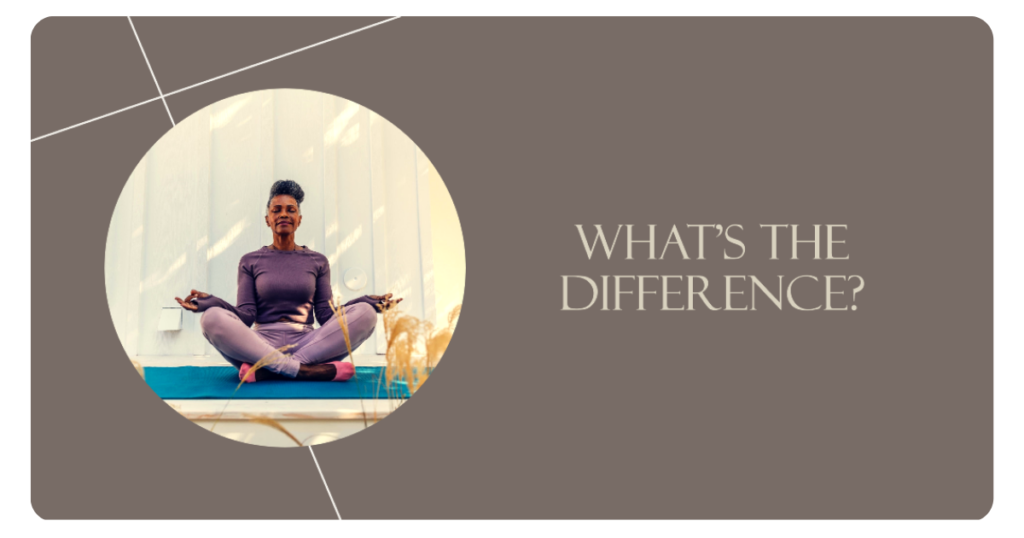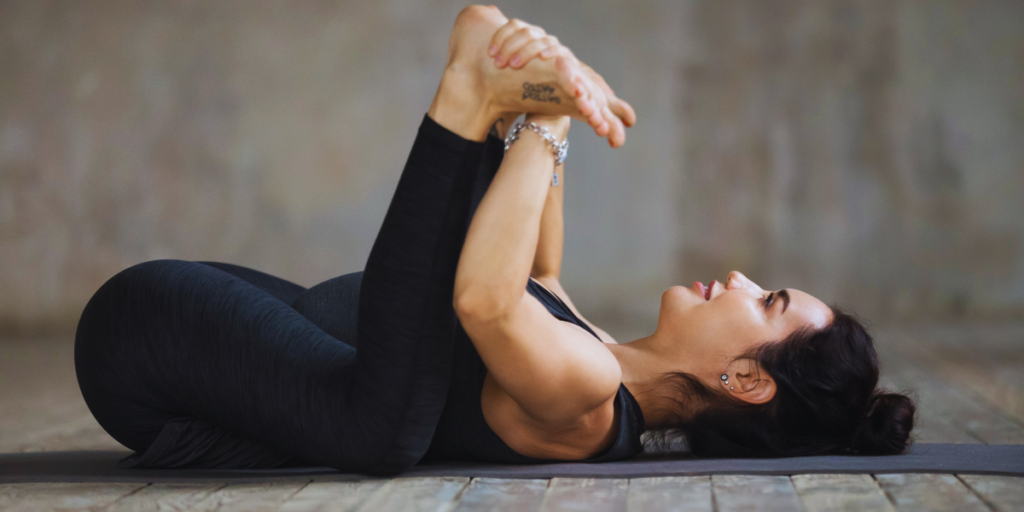
Understanding the Origins and Philosophy
Ashtanga Yoga: Ashtanga yoga has its roots in the ancient yogic tradition and is based on the principles outlined in the Yoga Sutras of Patanjali, a classical text that systematizes the practice of yoga. The term “Ashtanga” literally translates to “eight limbs,” referring to the eight spiritual practices that constitute the path of yoga: yama (moral codes), niyama (self-purification and study), asana (postures), pranayama (breath control), pratyahara (sense control), Dharana (concentrated meditation), dhyana (devotional meditation), and samadhi (union with the divine). “what is the difference between ashtanga and vinyasa yoga”
At its core, Ashtanga yoga is a systematic and disciplined approach that emphasizes the integration of the physical practice (asana) with the internal purification practices (yamas and niyamas) to ultimately achieve a state of enlightenment or self-realization. The yamas include principles like non-violence, truthfulness, and non-stealing, while the niyamas involve practices such as purity, contentment, and self-study. The physical practice of Ashtanga is seen as a means to prepare the body and mind for deeper spiritual practices.
Vinyasa Yoga: Vinyasa yoga is a more modern style that emerged from the teachings of Tirumalai Krishnamacharya, a renowned Indian yoga teacher, and his students, such as K. Pattabhi Jois (the founder of Ashtanga Vinyasa yoga) and B.K.S. Iyengar. The term “Vinyasa” refers to the linking of breath with movement, creating a fluid and dynamic flow between postures.
While Vinyasa yoga has its roots in the traditional principles of yoga, its philosophical focus is more on cultivating presence, self-awareness, and mindfulness in the present moment. The physical practice is seen as a moving meditation, where the practitioners aim to sync their breath with their movements, fostering a mind-body connection and bringing their attention to the here and now. Vinyasa yoga is often associated with the concept of “flowing with grace,” emphasizing the smooth transition between postures and the exploration of one’s personal boundaries.
Table of Contents
Comparing the Practice and Style
Ashtanga’s Structured Sequence:
- Ashtanga yoga follows a set sequence of postures called the “Ashtanga Vinyasa System,” which consists of the Primary Series (Yoga Chikitsa), Intermediate Series (Nadi Shodhana), and Advanced Series (Sthira Bhaga).
- The Primary Series, also known as Yoga Chikitsa (yoga therapy), is a foundational sequence designed to align the body, build strength and flexibility, and purify the nervous system.
- The Intermediate Series, Nadi Shodhana, is a more challenging sequence that focuses on purifying the energy channels (nadis) in the body, promoting physical and mental purification.
- The Advanced Series, Sthira Bhaga, is a demanding sequence that requires significant experience and preparation, aiming to cultivate steadiness and stability in the practitioner.
- The practice is traditionally taught in the “Mysore style,” where students move through the series at their own pace, with guidance and adjustments from a certified Ashtanga teacher. This style allows for a more personalized and self-paced practice.
- The sequence remains consistent from practice to practice, allowing students to develop a deep understanding and mastery of each posture over time.
- This consistency and discipline are seen as a pathway to self-transformation and the ultimate goal of yoga, which is the union of the individual self with the universal consciousness.
Vinyasa’s Creative Flows:
- Vinyasa yoga classes typically involve a free-flowing sequence of postures that can vary from teacher to teacher and even from class to class.
- Teachers have the creative freedom to design unique sequences based on a particular theme, intention, or peak pose, catering to the needs and abilities of their students.
- The sequences often incorporate sun salutations (Surya Namaskar), standing postures (such as Warrior poses), backbends (like Upward-Facing Dog and Wheel pose), forward folds (e.g., Standing Forward Fold), and other postures, seamlessly linked together with breath and movement.
- This variety and adaptability allow for exploration and creativity, making each class a unique experience. However, it also means that students may not have the same level of consistency and progression as in Ashtanga yoga.
- Vinyasa classes can range from gentle and restorative to physically demanding, depending on the teacher’s style and the intended level of the class.
- Some common Vinyasa styles include Power Vinyasa (a more athletic and vigorous style), Slow Flow (a more mindful and gentle approach), and Baptiste Vinyasa (a form of Power Vinyasa with a strong emphasis on personal transformation).
One key difference between Ashtanga and Vinyasa yoga is the role of the teacher. In Ashtanga, the teacher is considered a guide who helps students progress through the set sequence, providing adjustments and ensuring proper alignment. In Vinyasa, the teacher has more creative freedom to design the sequence and can incorporate their own personal style and preferences. “Demystifying the Challenge: Why is Ashtanga Yoga So Hard?“
The Physical Experience
Ashtanga’s Intense and Vigorous Practice:
- The Ashtanga yoga practice is known for its demanding nature, with a strong emphasis on building strength, stamina, and flexibility.
- The set sequences, particularly the Primary and Intermediate Series, include a high number of chaturanga transitions (a plank position with elbows bent at 90 degrees, often referred to as a “yoga push-up”), which can be physically challenging for many practitioners.
- The postures in Ashtanga are typically held for five to ten breaths, allowing for a deeper exploration and integration of each asana.
- The practice is designed to generate internal heat (tapas) through continuous movement and breath control, promoting detoxification and purification of the body.
- Due to the intensity of the practice, there is a higher risk of injury if proper form and alignment are not maintained. It is crucial for beginners to work closely with an experienced Ashtanga teacher to ensure a safe and sustainable practice.
- Precautions and modifications may be necessary for those with specific injuries or limitations, as the set sequence cannot be easily modified.
Vinyasa’s Dynamic and Fluid Movement:
- Vinyasa yoga classes often have a more dynamic and fluid movement, with a focus on transitioning smoothly between postures while synchronizing breath with movement.
- The intensity of a Vinyasa class can vary greatly, ranging from a gentle, restorative flow to a more vigorous, athletic practice, depending on the teacher’s style and the class level.
- In Vinyasa, there is a greater emphasis on balancing between stability and motion, with postures often being held for shorter periods before transitioning to the next asana.
- The fluidity of the practice encourages practitioners to cultivate a sense of grace, mindfulness, and awareness in their movements.
- While Vinyasa can be physically challenging, the sequences are often designed to be more accessible to a wider range of practitioners, with modifications and variations offered to accommodate different levels of experience and ability.
- However, the dynamic nature of Vinyasa can also increase the risk of injury if proper alignment and body awareness are not maintained, particularly during transitions.
Both Ashtanga and Vinyasa yoga can offer physical benefits such as increased strength, flexibility, and cardiovascular endurance, but the approach and intensity can vary significantly between the two styles.
Which Style is Better for Different Goals?
For Building Discipline and Mastery:
- Ashtanga yoga is often recommended for those seeking a disciplined and structured approach to their practice, as well as those interested in developing a deep understanding and mastery of the postures and principles of yoga.
- The consistent and progressive nature of the Ashtanga sequences allows practitioners to gradually build strength, flexibility, and stamina over time, as they work through the different series.
- The Mysore-style self-practice, guided by an experienced teacher, fosters a sense of self-discipline and commitment, which can be transformative for both the physical and spiritual aspects of one’s practice.
- Ashtanga’s emphasis on the yamas and niyamas (ethical principles and self-purification practices) can also support personal growth and self-awareness, making it an ideal choice for those seeking a holistic approach to their yoga journey.
For Versatility and Creative Expression:
- Vinyasa yoga is often recommended for those who prefer a more varied and creative approach to their practice, as well as those seeking a more adaptable and dynamic physical experience.
- The freedom to design unique sequences allows Vinyasa teachers to cater to the specific needs and preferences of their students, whether it’s a gentle restorative flow or a more physically demanding workout.
- Vinyasa’s emphasis on mindfulness and present-moment awareness can support practitioners in cultivating a deeper connection with their bodies and breath, fostering a sense of presence and self-exploration.
- For those with varying schedules or moods, the variety offered by Vinyasa classes can provide a refreshing change of pace, preventing boredom or stagnation in one’s practice.
- Additionally, Vinyasa’s focus on creative expression and individuality can appeal to those who appreciate a more artistic and free-flowing approach to their yoga practice.
It’s important to note that these distinctions are not absolute, and some practitioners may find value in incorporating elements of both Ashtanga and Vinyasa into their practice or even exploring other styles of yoga altogether.
Tips for Beginners
Regardless of whether you choose to begin your yoga journey with Ashtanga or Vinyasa, there are some general tips that can help beginners navigate these practices safely and effectively:
By following these tips and maintaining a beginner’s mindset, you can lay a solid foundation for a safe and rewarding yoga practice, whether you choose Ashtanga, Vinyasa, or any other style that resonates with you. “The 5 Best SPRI Exercise Mats for Home & Gym Workouts“
Combining the Best of Both Worlds
While Ashtanga and Vinyasa yoga have distinct differences, some practitioners and teachers have explored the idea of integrating elements from both styles to create a more well-rounded practice. This approach sometimes referred to as “Vinysana,” aims to combine the structure and discipline of Ashtanga with the creative freedom and fluidity of Vinyasa.
Here are some ways in which Ashtanga and Vinyasa can be combined:
By combining the best of both worlds, practitioners can potentially experience the discipline and structure of Ashtanga while also enjoying the creativity and versatility of Vinyasa, ultimately creating a more well-rounded and balanced practice.
However, it’s important to approach this integration with caution and guidance from experienced teachers, as the two styles have distinct philosophies and approaches that may not always seamlessly blend together.
Conclusion
Ashtanga and Vinyasa yoga are two distinct styles that offer unique physical and philosophical experiences. While Ashtanga emphasizes a structured and disciplined approach, following a set sequence of postures and focusing on internal purification practices, Vinyasa embraces a more free-flowing and creative approach, with sequences designed to cultivate mindfulness and present-moment awareness.
The choice between Ashtanga and Vinyasa ultimately depends on an individual’s goals, preferences, and personal resonance with the respective philosophies and approaches. Some may find the discipline and depth of Ashtanga to be transformative, while others may resonate more with the versatility and creativity of Vinyasa.
Regardless of the style you choose, it’s essential to approach your practice with an open mind, patience, and a willingness to explore and adapt to your personal needs and limitations. Working with qualified teachers and maintaining a beginner’s mindset can help you navigate these practices safely and effectively, allowing you to reap the numerous physical, mental, and spiritual benefits that yoga has to offer.
Whether you decide to immerse yourself in the traditional Ashtanga practice, explore the dynamic world of Vinyasa, or find a harmonious blend of both, the most important thing is to remain curious, respectful, and committed to your journey of self-discovery and growth through yoga.
